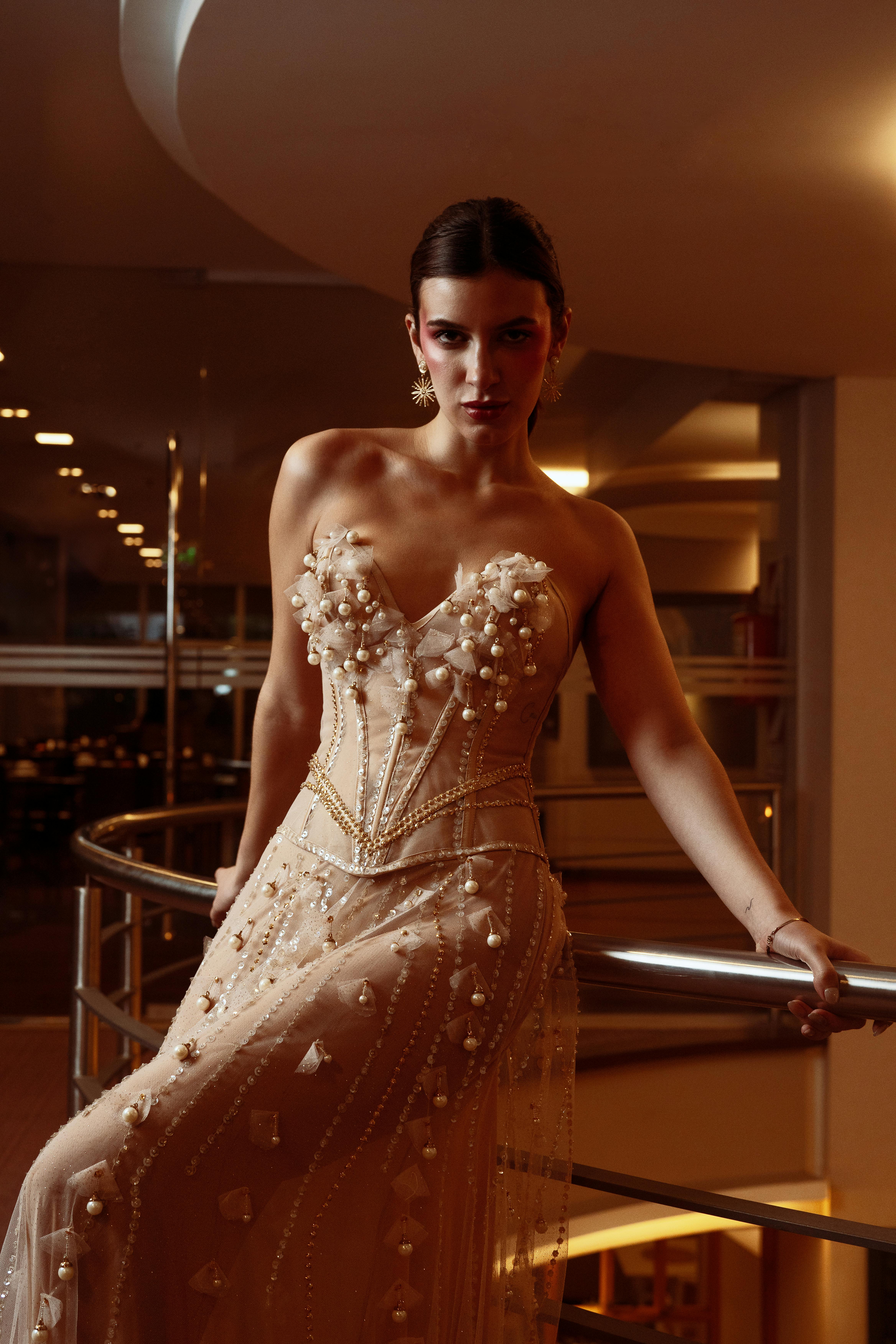
Parisian Haute Couture, literally translated as “high sewing” or “high dressmaking,” is the pinnacle of the fashion world. It’s not just about luxury clothing; it’s a highly regulated and protected art form characterized by meticulous craftsmanship, exclusive clientele, and a relentless pursuit of innovation. This article delves deep into the world of Parisian Haute Couture, exploring its history, defining characteristics, and its enduring influence on global fashion.
A Storied Past: From Royal Courts to Global Phenomenon
The roots of Haute Couture can be traced back to the extravagance of royal courts in 17th century France. Tailors and dressmakers catered to the whims of the elite, creating one-of-a-kind garments using the finest fabrics and the most skilled techniques. In the mid-19th century, Charles Frederick Worth, an Englishman credited as the “father of Haute Couture,” established the first true Haute Couture house in Paris. He revolutionized the industry by introducing high-fashion collections presented on live models, a practice still followed today.
Defining Haute Couture: The Hallmarks of Distinction
Haute Couture is more than just a fancy label. To be classified as Haute Couture, a fashion house must adhere to strict criteria established by the Chambre Syndicale de la Haute Couture, the governing body. Here are some key characteristics:
- Made-to-Measure: Haute Couture garments are meticulously crafted to fit a specific client, ensuring a perfect and flattering silhouette.
- Haute Standards: Only the finest materials are used, from luxurious fabrics like silk and cashmere to exquisite embellishments like beadwork and embroidery.
- The Art of Craftsmanship: Haute Couture garments are labors of love, meticulously hand-crafted by skilled artisans using traditional techniques passed down through generations.
- The Semiannual Spectacle: Haute Couture collections are unveiled twice a year during Paris Fashion Week, extravagant runway shows presenting the pinnacle of creativity and innovation.
- A Select Clientele: Haute Couture caters to a select group of wealthy individuals and celebrities who can afford the exorbitant price tags associated with these bespoke garments.
Beyond the Runway: The Influence of Haute Couture
The influence of Parisian Haute Couture extends far beyond the exclusive world of its clientele. Here’s how it shapes the fashion landscape:
- Trickle-Down Effect: Haute Couture sets the trends for the rest of the fashion industry. The innovative designs and techniques pioneered by Haute Couture houses eventually filter down to ready-to-wear collections, influencing mainstream fashion.
- A Breeding Ground for Talent: Haute Couture ateliers are training grounds for the next generation of fashion designers. The skills and techniques learned here are invaluable and contribute to the overall quality and craftsmanship of the fashion industry.
- A Celebration of Creativity: Haute Couture is a platform for pushing boundaries and exploring new design possibilities. The experimental nature of Haute Couture collections inspires creativity throughout the fashion world.
The Future of Parisian Haute Couture: Challenges and Adaptations
The future of Parisian Haute Couture isn’t without challenges. The high cost of production, the limited clientele, and the rise of fast fashion all pose threats to this time-honored tradition. However, Haute Couture houses are adapting to the changing landscape by:
- Embracing Sustainability: Some houses are incorporating sustainable practices and ethical sourcing into their production processes.
- Digital Innovation: Haute Couture shows are increasingly incorporating digital elements to reach a wider audience and engage with a new generation of fashion enthusiasts.
- Catering to New Clientele: Some houses are exploring ways to make Haute Couture more accessible, perhaps through capsule collections or special occasion pieces.
Parisian Haute Couture remains a symbol of luxury, craftsmanship, and unparalleled creativity. It’s a testament to the enduring power of fashion as an art form and a continuous source of inspiration for the global fashion industry.